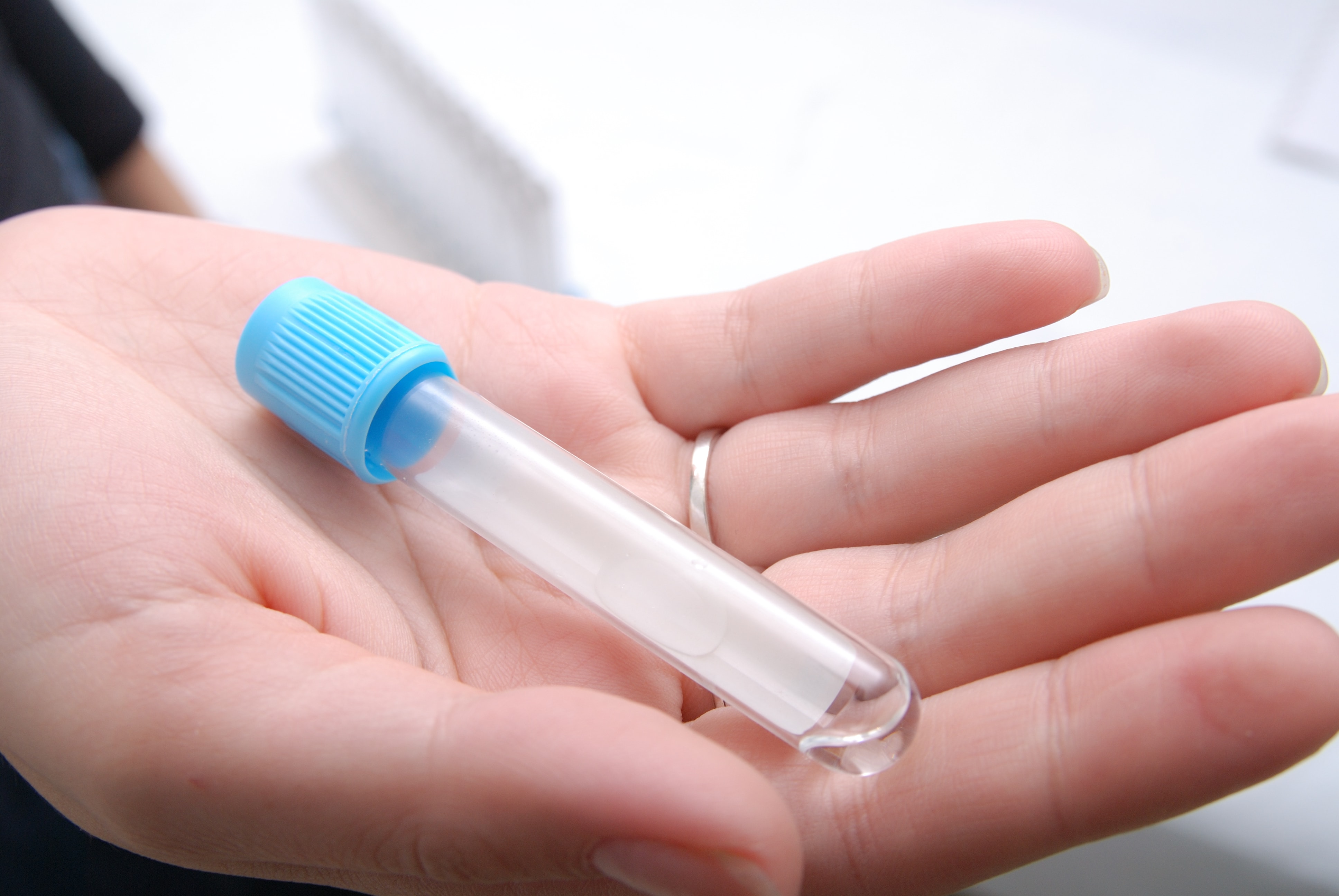This Is Why Biotech Stocks May Explode Again
Biotech stocks fell into one of the deepest craters in their history, starting last summer, but rumblings of a recovery are sounding.
After a three-year bull run that more than quadrupled its value by its peak last July, IBD’s Medical-Biomed/Biotech Industry Group plunged 50% by early February, hurt by backlashes against high drug prices and mergers that seek to lower corporate taxes.
But the group has gained 12% since its Feb. 11 low, and some leading stocks have done better than that.
BioMarin Pharmaceutical (BMRN) is up 30% from its Feb. 9 low. Incyte (INCY) has gained 29% from its low point that same week, while Ligand Pharmaceuticals (LGND) has climbed 45%, and Medivation (MDVN), boosted by buyout talk, is up 127%.
The group was up by even more before taking some hits over the past two weeks on negative earnings news from several industry players. But fund managers tell IBD the rebound is here.
Why? For one, they say, the spate of bad news has already been factored into stock prices. But more than that, they see a climate favoring rejuvenated M&A, hot drugs in the new-product pipeline and pricing power for innovate products.
Bottom line: The positive factors that drove the runup never went away, they say. They just got drowned out by the noise.
“A very key point is that this group is a very high-beta group — particularly the small- to midcap stocks. Since they don’t have sales, they don’t have earnings,” said Tom Vandeventer, portfolio manager at Tocqueville Asset Management.
“The history of this group is that elevated macro uncertainty definitely hits (it),” Vandeventer said. “My own opinion is this group trades more on sentiment than on fundamentals during those time periods.”

Political Fire For Drugmakers
Vandeventer points to troubles in China as emblematic of the macroeconomic concerns that hit biotech stocks.
Another sentiment-driving factor is politics.
Many of the candidates in the U.S. presidential race have bashed drugmakers for high prices and have proposed ways to clamp down. Wall Street has dismissed some of these ideas as impossible or ineffective. What seems to be generating the most concern are Democrats’ proposals to let Medicare and Medicaid negotiate drug prices, which they are not allowed to do now.
Already the Center for Medicare & Medicaid Services has shown its teeth. It announced a pilot program changing the reimbursement for Medicare Part B, which covers drugs administered in hospitals and clinics. The Part B reimbursement scheme was long criticized for encouraging use of expensive drugs because it reimburses health care providers for the entire cost of a drug, plus 6% on top. The proposed scheme would reduce that premium and add a flat fee unrelated to the price of the drug. That, in theory, could encourage doctors to choose cheaper options.
On the M&A front, the Treasury Department last month issued new guidelines on tax-inversion deals that derailed what would have been the drug industry’s biggest-ever merger, betweenPfizer (PFE) and Allergan (AGN). Tax inversions have become a popular way for drugmakers to boost their bottom lines and get access to cash. Allergan, after earlier mergers, is based in Ireland, which has low taxes.
“We think that with the tax regulation — I call this the ‘inversion bottom’ — and the bad press associated with the health care industry, that created a bottom in our minds,” said Robert Bombace, senior portfolio manager at Frost Investment Advisors. “A lot of the bad news has already been baked into these companies.”
In fact, a number of industry insiders say the breakup of the Pfizer-Allergan merger could turn out to be good for biotech stocks because it makes them acquisition targets for the two companies. Allergan has a long history of acquisitiveness, and Pfizer is thinking of splitting its innovative drug business from its other products. Evercore ISI analyst Mark Schoenebaum says Pfizer will want to bulk up its innovative business to make it valuable as a standalone, since its pipeline is modest compared to its big-pharma competitors.
Schoenebaum has also said, though, that biotech boards are balking at buyout offers. They can’t accept how much their valuations have dropped, so they’ve been unwilling to sell at market prices. He suspects this will lead to hostile takeover deals if the big players are willing to do them. This partly came to fruition in late April, when Sanofi (SNY) made an unsolicited $9.3 billion bid for Medivation, as rumors swirled that AstraZeneca (AZN) and Pfizer were also interested.
Medivation’s response reflected the attitude that Schoenebaum spoke of — that the market was underpricing the stock.
“Sanofi’s opportunistically timed proposal, which comes during a period of significant market dislocation, and before several important near-term events for the company, is designed to seize for Sanofi value that rightly belongs to our stockholders,” Medivation founder and CEO David Hung said in a statement rejecting the offer.
Bombace, however, says the biotechs’ reluctance might be for show.
“I think that’s just a bargaining chip,” he said. “The reality is that most of these companies will have to partner up anyway. … The larger pharma and biotech names … will reach a point where their pipelines are so dry, it will force their hands.”
Bombace sees lots of exciting biotechnology science going on to fill out those pipelines. As he put it, we’re “going from the Model T stage to the space-shuttle stage.”
Though he declined to name specific companies, he pointed to work in biomarkers — which include PD-1 inhibitors such as Bristol-Myers Squibb‘s (BMY) Opdivo and Merck‘s (MRK) Keytruda. He also cited work in genetic mutations, the focus of many rare-disease firms such as BioMarin and Bluebird Bio (BLUE).
Specialty Drugs Get 37% Of Dollars Spent On Drugs
These discoveries are keeping money flowing into and out of biotechnology, says Leonard Yaffe, who manages a health care hedge fund at Kessef Capital Management. He told IBD that specialty drugs — the largely biologic drugs prescribed by specialists, as opposed to primary-care doctors — contributed only 1% of prescriptions last year but 37% of dollars spent on drugs, up from 25% two years earlier.
“One thing I think will drive the biotech stocks is that, if you look at drugs introduced in the last two years, 65% of the revenue derived from those drugs are from biologicals,” Yaffe said. “So it’s the most attractive sector in the pharmaceutical area.”
Also, while most publicly traded biotech stocks don’t have earnings, those that have successfully launched drugs remain highly profitable. Of the top five biotechs in market cap — Gilead Sciences(GILD), Amgen (AMGN), Celgene (CELG), Biogen (BIIB), and Regeneron Pharmaceuticals(REGN) — four have IBD EPS Ranks ranging from 89 to 96, putting them in the top 11% of all stocks in EPS growth. Regeneron has a 68 EPS Rank.
Those numbers, however, reflect the pricing power of biologic drugs, which is precisely what’s under political attack these days. Vandeventer says price uncertainty is the biggest risk to his bull thesis on the group right now. But he also points out that Democratic presidential front-runner Hillary Clinton attempted a previous overhaul of the health care system back in the mid-1990s, which depressed drug stocks in the short term but was followed by the late-1990s boom.

Innovation And Blockbuster Drugs Are The Key
That boom was driven by the first wave of biotech innovation, when companies like Amgen and Roche‘s (RHHBY) Genentech proved that biotechnology could produce blockbusters. Vandeventer says that innovation will remain the key in maintaining pricing power, even under political pressure. He points to Gilead’s portfolio of hepatitis C drugs, which started in late 2013 with the launch of Sovaldi. Despite much political criticism of Sovaldi’s high price, no one could stop it because the drug was so superior to anything else on the market.
“Companies that have done the research — they’ll continue to get price increases,” he said. “Companies that are particularly in the rare-disease, orphan-disease arena, (or) the oncology space — companies that have drugs in an era of targeted medicine that have higher efficacy rather than a shotgun trying to hit a disease — are going to have pricing power.”
The promise of such drugs can still make small stocks explode. Celator Pharmaceuticals (CPXX) has surged to over 13 from under 3 since March on favorable late-stage trial results for its acute myeloid leukemia treatment. The company also saw a hedge fund take a position in the stock and attracted favorable initial coverage from an analyst.
There are signs that even generalist investors think biotech stocks have gotten cheap, says Yaffe. During the first quarter, a common lament was that every biotech stock got punished for bad news, but good news got no reward. But when Biogen issued a mixed earnings report that drew mostly negative reactions from Wall Street on April 21, its stock rose more than 5%.
Biogen had fallen even harder than other big-cap biotechs, dropping 50% from its March 2015 high to its Feb. 12 low, so it was ready for a bounce, says Yaffe.
“The overview comment is the sector had corrected 30%, and at some point it gets to the level where the stocks are very attractive,” he said.
